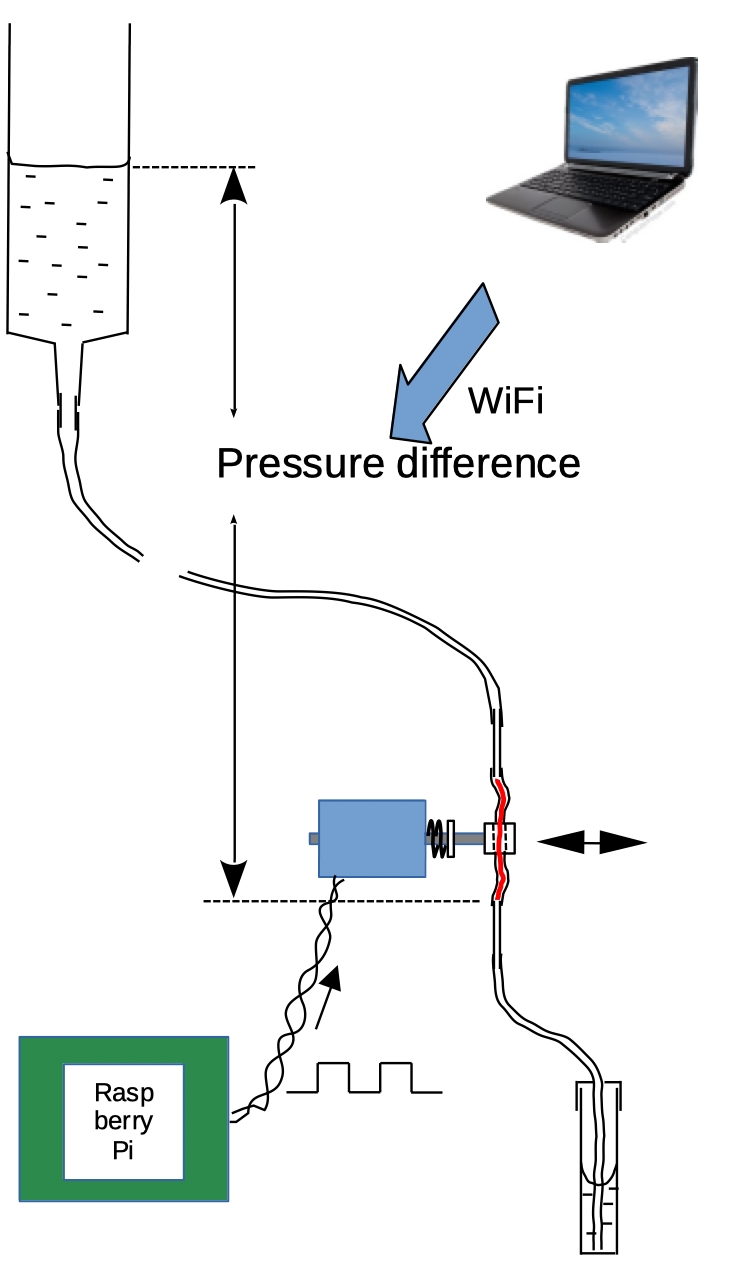Cerebrospinal fluid (CSF) delivers molecules, such as vitamin E, to the vicinity of brain cells and may carry away others, such as amyloid-beta. CSF enters the brain parenchyma by flowing from the brain surface down peri-arteriolar spaces: its subsequent pathway is uncertain (see Hladky & Barrand, 2022). Protein marker molecules in CSF are observed to accumulate in the pericapillary basement membranes of brain capillaries (e.g., Rennels et al. 1985; Fig. 3C in Iliff et al. 2012) but it is improbable that a constant physiological pressure gradient could drive adequate CSF along a pericapillary pathway. Brain tissue moves at the cardiac frequency (Sloots et al., 2020) and accumulation of CSF marker in the pericapillary space is slower if blood pulsation is reduced (e.g., Rennels et al. 1985). We had previously tested the effect of a pulsating pressure gradient on flow through a medium mimicking a basement membrane in various configurations but observed at most only a small enhancement. We have now tested the effect of oscillating lateral movement on flow of 0.15 M NaCl through a vertical silicone tube (i.d. 1.0 mm, o.d. 2.0 mm) filled with a porous medium (a thread of wool, 30 mm long; Fig. 1). With a longitudinal pressure difference of 125 mm H2O, moving the centre of the tube by 3.5 mm at 5 Hz increased flow by a mean factor of 3.62, SEM = 0.10, n = 5. When the pressure difference was increased to 225 mm H2O, the enhancement was 1.87, SEM = 0.26, n = 5, which is significantly less (P = 0.0002). Menisci at air/liquid interfaces are susceptible to oscillating pressures, so we took care to avoid them.
We have found no previous report of the effect of experimental movement on flow through a porous medium, apart from that of McMaster & Parsons, 1938, on transport of Evans Blue in a rabbit ear.

